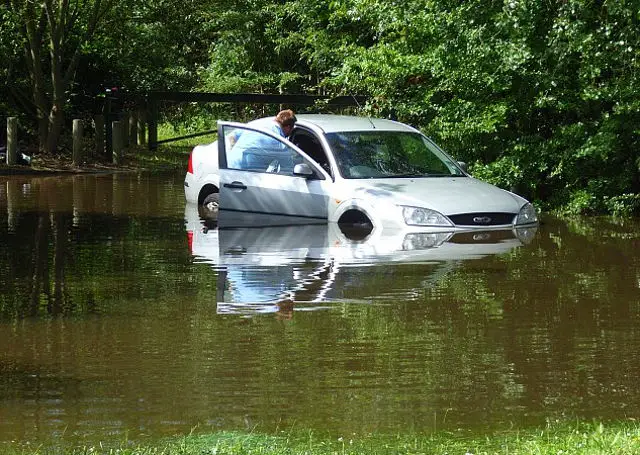Jonathan Dodd‘s latest column. Guest opinion articles do not necessarily reflect the views of the publication. Ed
I’m long enough in the tooth (what’s left of them) to remember the old days when people like me say that motoring was such a joy, and now all the fun and enjoyment has gone out of it. We hear so much about the planet’s ecosystems collapsing because of all the gases we pump out, and fuel itself has become hideously expensive, and the whole road thing has lost its romance.
Cars used to have leather seats, and they smelt of engine oil. Once upon a time you had to crank a handle to get them started, but that was long before even my time. Early cars had to have a lead-lined box on the running board filled with water, so the tyres could be repaired by the roadside, which happened maddeningly often, after all those years of horse traffic only, and the vast number of horseshoe nails littering them.
Lined with hitch-hikers of all kinds
Then again, I used to be very carsick as a child. I managed to stop the worst effects by staring straight forward and sucking boiled sweets. My dad had a chain attached to the rear bumper, which was supposed to discharge all that static electricity. That was when every electrical item had a positive and negative wire, instead of using the car’s body instead. At least that’s what they said.
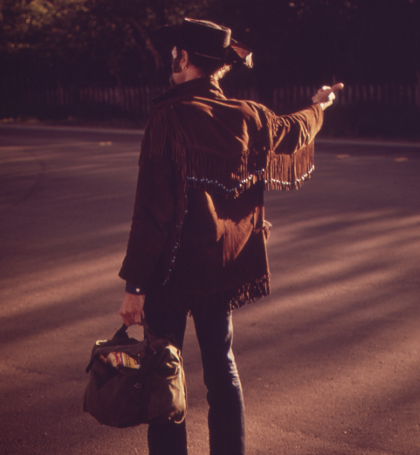
There weren’t any motorways. It was all crossroads, until they invented roundabouts. Back in the Sixties every town had roundabouts on its outskirts, and they were lined with hitch-hikers of all kinds, sticking out their thumbs in the hope of someone stopping. And people usually did. Nowadays you just drive straight onto the motorways and you wouldn’t even be able to stop if you wanted to.
The kids could bounce around in the back
My dad never locked his car. He only used the key to start it, wherever he drove. And there were no seatbelts. The height of luxury was to have a bench seat at the front, and the kids could bounce around in the back. But the headlights and streetlights weren’t so bright, cars were often difficult to start, especially in damp weather, and they broke down a lot more than they do now.
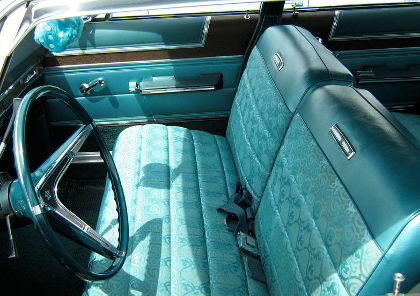
The real misery of modern motoring is the same problem we have planetarily. There are just too many of us, and we all want at least one car. Everyone on the planet wants that. Of course they do. We live in a country designed for horses, or trains at a pinch, expecting to have instant access to every part of it at any time. There just isn’t enough room for all of us.
A bit of a motoring fun renaissance
But I’m not so sure that it’s all that bad. I’m having a bit of a motoring fun renaissance, all due to the Swamp Car. It began recently, when I changed jobs and needed to get up earlier because of the traffic on the other Island. I had to get another car to drive to Ryde for the hovercraft. There wasn’t any viable alternative that early in the morning.
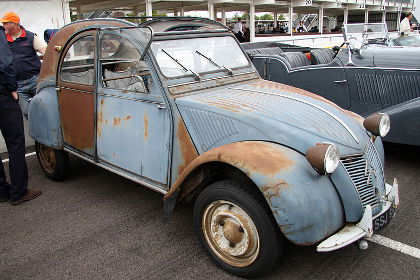
So I looked in good old Wightbay, and there, when searching Price Low to High, on the first page, was the perfect thing. About 16 years old, not too high mileage, a few months tax and MOT, and all for the princely sum of £200. Brilliant! I phoned up and arranged to meet at a crossroads, because the seller said it was too hard to describe his location, and you had to drive through a building site. Fair enough.
My eyes were watering too much
When I arrived and first saw Swamp Car, I though it didn’t look too bad. Everything was there, you could still see its original colour, and the tyres looked good. The seller opened the door and apologised for the smell. He said he had taken the carpet out of the boot and kept it on the garage floor and it had got wet. I didn’t answer because my eyes were watering too much. It absolutely stank, as if it had been kept in a pond.

We gingerly climbed in, opened all the windows, which worked fine, and we opened the sunroof too, which worked too. The smell receded somewhat, but it still felt like something had died in there quite a while before, and nobody had opened the doors since. While I was giving it a test drive I was pleasantly surprised at how well it handled and how responsive the engine and gearbox were.
As long as I held my nose
I began to think that I had a bargain here, the kind of thing that the vast majority of sensible people wouldn’t touch with a bargepole, and only stupid people would consider. Perfect. I couldn’t find anything wrong with it, as long as I held my nose. Did I mention that the interior looked like it had been kept in a swamp too? It was mostly dry, and seriously discoloured. All the MOTs were there, he said he had kept it going in the hope that he could keep it, but it was time he let it go. I fished in my wallet and we shook hands.
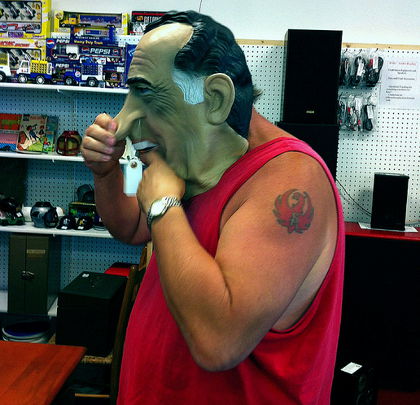
Within two miles it broke down. Amazingly for a mechanical nitwit, I knew what it was. The wire between the battery and the body had rusted through. I phoned Green Flag and they came and fixed it easily – I could have done it myself but I had no tools with me. The breakdown man laughed like a drain when I told him the story, which was appropriate considering the smell.
Horrible chemical apple flavour
But there’s something very personal about owning something and getting it mended. That’s the moment when it comes to belong to you properly. Perhaps that only applies to men, or even only to me. I feel very affectionate towards Swamp Car. The radio was completely dead, so I fitted a new one and discovered that the speakers were shot. I stuffed some balled-up tissues in them to lessen the terrible buzzing noises, and they work much better now.
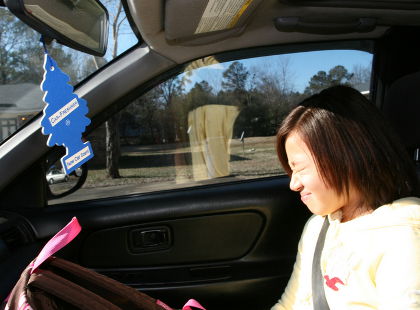
I found a couple of those car air-fresheners too, one horrible chemical apple flavour and the other horrible chemical rose flavour. They haven’t improved the smell, just confused it a bit. Every morning Swamp Car carries me joyfully to Ryde and the hovercraft, careering along the lovely Wight roads with scratchy music blaring. And the windows open.
And it’s actually quite fun.
If you have been, thank you for reading this.
Image: Andrew Smith under CC BY 2.0
Image: U.S. National Archives and Records Administration under CC BY 2.0
Image: Christopher Ziemnowicz under CC BY 2.0
Image: Public Domain
Image: littlebiglens under CC BY 2.0
Image: tnwanderer

